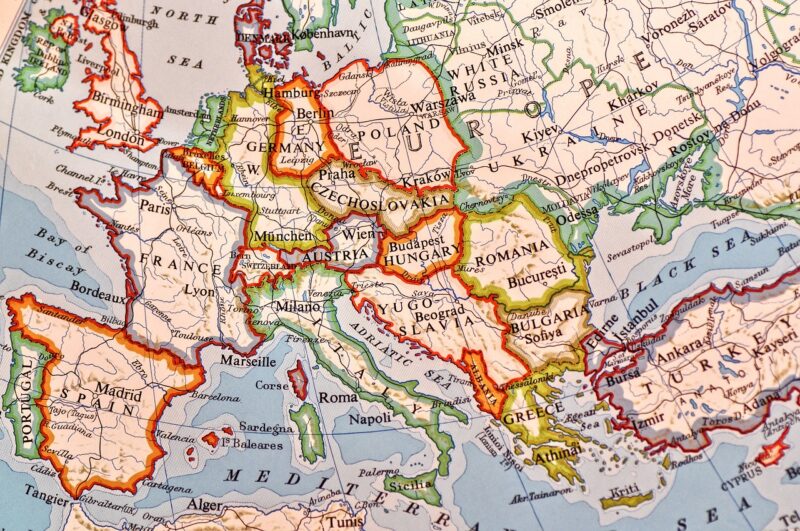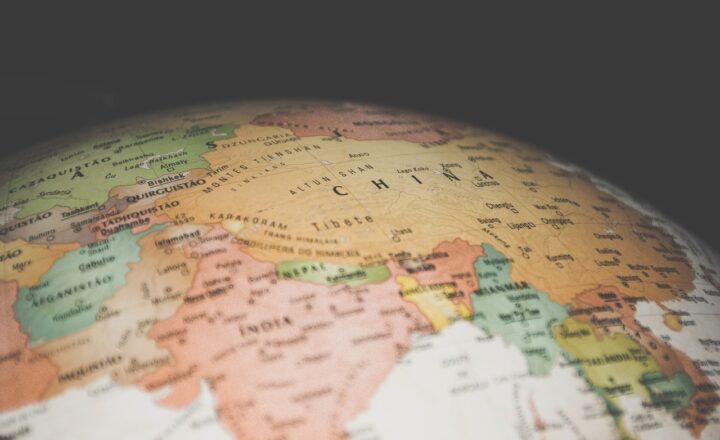How Maps Evolved from Myths to Accurate Scientific Tools
November 15, 2024

Maps have served as indispensable tools for humanity, guiding explorers, travelers, and scientists alike through the intricacies of geography. But the evolution of maps is not just a story of technology—it is a fascinating journey that intertwines human curiosity, cartographic myths, and scientific endeavor. In this article, we will explore the history of maps, from ancient representations that were more fictional than factual to the sophisticated, accurate scientific tools we use today.
1. The Origins of Mapping: A Blend of Myth and Reality
Long before the advent of accurate maps, different civilizations developed their interpretations of the world. Early maps were often hand-drawn, reflecting not only geographic knowledge but also mythological beliefs.
For instance, the Babylonians created clay tablets with maps known as the “Imago Mundi,” which depicted the world as a flat disc surrounded by water. These early representations combined their understanding of geography with a worldview steeped in mythology.
Similarly, ancient Greek geographers, such as Anaximander and Eratosthenes, contributed to cartography by considering not just the physical world, but also philosophical ideas about the universe. Their maps were often characterized by a lack of realistic scale and inaccuracies inherent in the knowledge at the time.
2. The Influence of Navigation and Exploration
The evolution of maps significantly accelerated during the Age of Exploration (15th to 17th centuries). As European powers sought new trade routes and territories, there was a pressing need for more accurate representations of the world.
Sailors and navigators discovered that using the stars for navigation required precise maps that could reflect maritime geography accurately. Figures like Gerardus Mercator developed projection techniques that allowed for angular fidelity—a vital characteristic for navigators. The “Mercator Projection,” introduced in 1569, became the gold standard for navigational charts, balancing the need for angle accuracy while sacrificing some geographical distortion.
This was a time when mythological elements were increasingly stripped away from maps, giving room for empirical observation and measurement. European cartographers began to prioritize accuracy, leading to a fundamental paradigm shift in how maps were created and used.
3. From Local to Global: Technological Advances in Mapping
With the onset of the Industrial Revolution in the 18th and 19th centuries, mapping saw significant technological advancements. The introduction of tools like triangulation and leveling allowed cartographers to create increasingly accurate national and global maps.
The systematic surveys conducted in various countries laid the groundwork for the production of topographic maps. The Ordnance Survey in Britain, founded in 1791, set a model for detailed mapping, which added an element of scientific rigor to cartography.
By the 19th century, thematic mapping emerged, which involved a focus on specific themes or issues such as population distribution, agricultural productivity, and military strategy. This set the stage for scientifically informed decision-making based on geographical information.
4. Geographic Information Systems (GIS): Mapping in the Digital Age
The 20th century witnessed an incredible revolution due to electronic computing. Geographic Information Systems (GIS) transformed traditional forms of mapping by integrating computer technology with cartography, allowing for dynamic, interactive, and layered representations of space.
GIS enables users to visualize, analyze, and interpret data related to geography and spatial relationships. Today, it’s widely used for urban planning, environmental monitoring, disaster response, and much more. With tools like Google Maps, users can access accurate, detailed, and real-time cartographic information at their fingertips.
Yet, along with the technological developments came challenges related to data accuracy, privacy concerns, and the potential misuse of geospatial information. As a result, the realm of mapping today is as much about ethical considerations as it is about technical specifications.
5. The Role of Maps in Modern Society
Maps have matured into crucial documents that not only guide us but also serve as tools for decision-making and understanding complex global issues. Today, mapping is intertwined with various fields— from environmental science and urban studies to marketing and geopolitics.
With the rise of mobile technology, location-based services have become ubiquitous, allowing individuals to navigate the world more easily than ever before. However, the responsibility of creating accurate and ethically sound maps has never been greater. Our understanding of the world relies not only on the integrity of the mapmakers but also on the ethical implications of cartographic representations.
Conclusion: A Reflection on the Journey of Cartography
The evolution of maps from myth-laden scrolls to precise scientific instruments encapsulates a magnificent journey reflective of humanity’s quest for knowledge. While today’s maps are often digital and highly accurate, they still retain the ability to reflect our cultural narratives and perceptions of the world.
As we continue to develop our mapping technologies, we must remain vigilant about the ethical implications of what we create. Whether they guide our travels or inform our understanding of global issues, maps will always be important in shaping our world view and influencing critical decisions.








